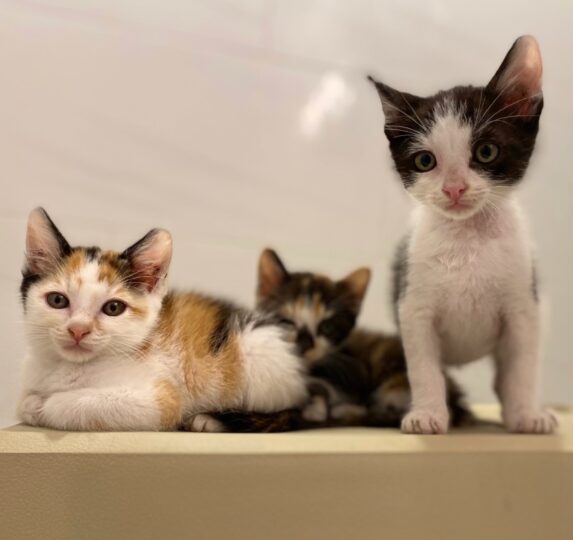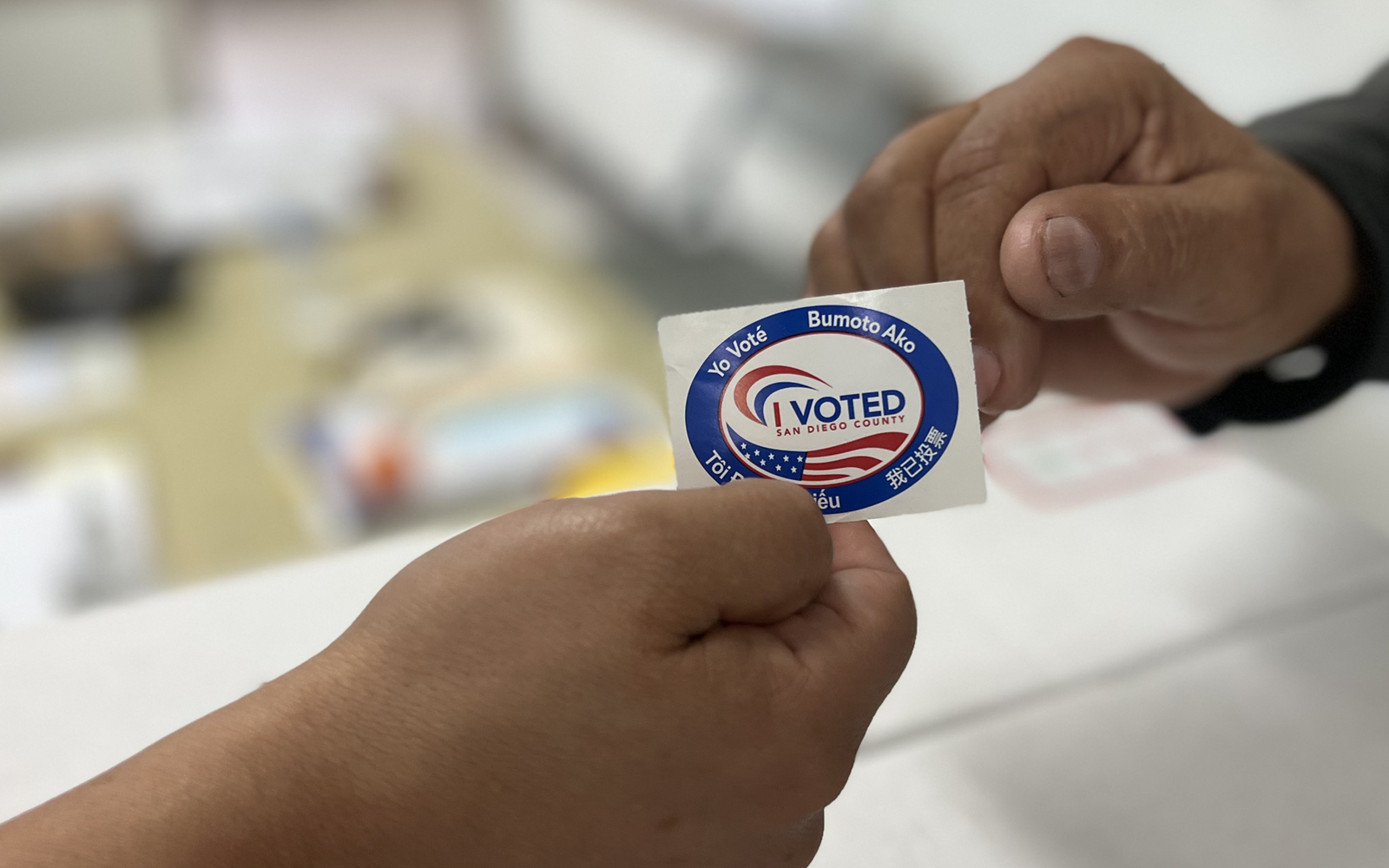It’s kitten season and the San Diego County Department of Animal Services is reminding people to hold off on immediately scooping up kitten litters they may encounter in their communities. Mother cats typically leave litters alone for some stretch of time while she hunts for food and then returns to them.
But in some instances, they are gone because a well-meaning person wanted to rescue them.
From this time through October every year, underage kittens pour through the shelter doors.
If the kittens aren’t in immediate danger from such things as traffic or predators, and they aren’t visibly sick or injured, it’s best to observe them for a while to see if a mother cat will return – often she is just away from her kittens temporarily. Be sure to watch from a safe distance so the mother cat feels safe enough to return to her babies.
If you don’t see a mother cat return after six hours and feel the kittens need care, you can make an appointment to bring them to an animal shelter or try to care for them yourself. Many local pet stores carry kitten milk replacer and the proper bottles (please don’t use an eyedropper). Bottle-feeding kittens can be rewarding, but very time intensive, since round-the-clock feedings are needed until the kittens are old enough to eat solid food.
Keep in mind, age is a critical factor in found kittens’ ability to thrive (learn how to estimate a kitten’s age). Neonatal kittens are four weeks and under and are still nursing; they cannot survive on their own and need special care. Contact your veterinarian for details on caring for neonates.
If you decide to bring neonatal kittens to the shelter, staff will make every effort to find a partner shelter, foster caregiver, or rescue organization to properly care for these youngsters. If the kitten is not eating on its own and still nursing from the bottle, staff must find a rescue for it immediately as the shelter does not have overnight staff to care for neonatal kittens. Underage kittens also cannot be vaccinated yet and are susceptible to illnesses in a shelter environment. For these reasons, the kittens you may find are best off staying with their mother, if possible, until they are eight weeks old.
That’s why it’s so important to help reduce the number of unwanted kittens by spaying and neutering your cats, the free-roaming cats you see in your neighborhood, and by encouraging your neighbors to alter their cats. County Animal Services sees hundreds upon hundreds of kittens come in every year and there are a very limited number of foster homes or rescues for them all, so any support you may be able to offer these little ones is always much appreciated.
If you’d like to learn more about becoming a lifesaving foster caregiver, please contact the Department of Animal Services at DASinfo@sdcounty.ca.gov for more information or to sign up.






